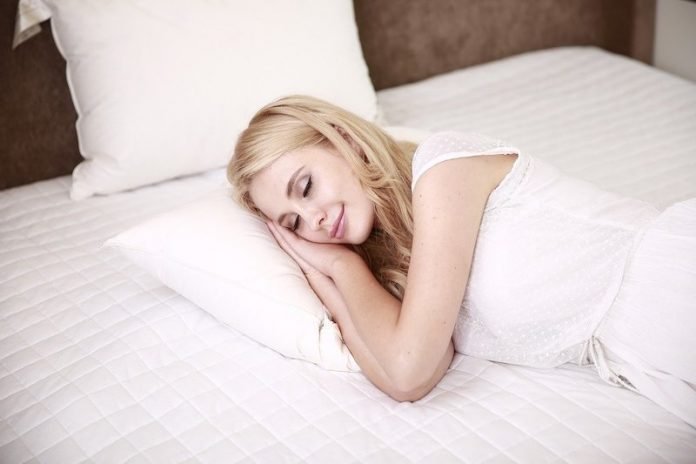
Sleep apnea, the disorder where normal breathing is disturbed during sleep, can negatively affect someone’s mental and physical health.
In a new study from the Eindhoven University of Technology, researchers have developed a way to monitor sleep apnea using a compact wrist-worn device that is comfortable to wear and can be used for long-term home monitoring.
Sleep is critical for physical and mental rest and recovery, but proper sleep can be disrupted by several disorders, with one of the most common being obstructive sleep apnea (OSA) which affects a billion people worldwide.
Up to 80% of those with moderate or severe OSA might go undiagnosed, which can have a significant health impact.
OSA blocks the regular flow of air, which can disrupt sleep and deprive the body of an adequate supply of oxygen.
If left untreated, the effects of OSA include daytime sleepiness, fatigue, and cardiovascular issues.
In clinical tests, the gold standards for OSA diagnosis are polysomnography and polygraphic sleep apnea tests, but both require a person to wear sensors overnight to monitor functions like brain activity, heart rate, and muscle activity.
These tools are not suited for screening and for monitoring over multiple nights as the sensors can be uncomfortable to wear, can affect sleep, and would be impossible for a person to use at home.
In the study, the team found a method inspired by popular wearables such as smartwatches and fitness trackers.
They developed a method using a wrist-worn device that looks like a smartwatch or fitness tracker and involves illuminating the skin with a green light from LEDs.
Part of the light is reflected by the blood in the body, and then detected by a light sensor.
And for the research 500 people, both healthy individuals and those with sleeping disorders such as OSA or insomnia, wore the device while sleeping.
The team says the information in the reflected light signal contains heartbeat pulses, which can be checked for changes that might be related to OSA.
The same signal also contains information on the respiratory system, and this can also be used to diagnose OSA.
With the wrist-worn green light device and a way for getting clean signals in place, the device was then put to the test.
The team used deep learning convolutional models to identify the respiratory events and then used these to calculate the apnea-hypopnea index (AHI) for a patient.
They found the AHI values calculated using our wrist-worn device were in good agreement with the AHI values calculated with the gold standard approaches. So, it is conceivable for a person to use this device to screen and monitor OSA at home.
If you care about sleep health, please read studies that this sleep issue may strongly harm your heart, and this sleep supplement may help prevent memory loss, cognitive decline.
For more information about sleep and your health, please see recent studies that this sleep disorder common in people with thinking and memory problems, and results showing that common high blood pressure drugs may contribute to sleep loss.
The study was conducted by Gabriele Papini et al.
Copyright © 2022 Knowridge Science Report. All rights reserved.



